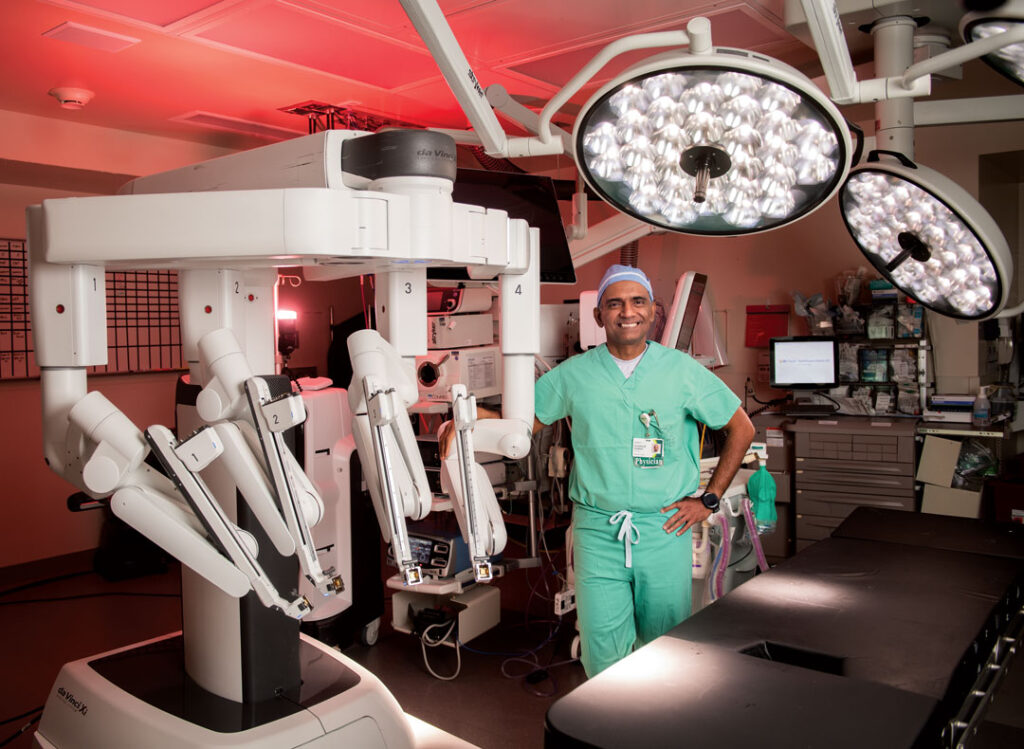Legislative issues: Preparing students for middle-skill jobs
Educators seek update of career and technical education programs

History: Economic changes have generated a need for more middle-skill jobs — jobs that require more education and training than a high school diploma, but less than a traditional four-year college degree. A shortage of skilled workers has left many jobs unfilled in thriving industries such as advanced manufacturing and health care. A statewide task force representing a broad cross section of career and technical education educators, commissioned by the Iowa Legislature in 2013, released recommendations in October 2015. Among them: legislation requiring school districts to update their core curriculum plans into “career and academic plans” that include input from career and technical education teachers and other work-based learning activities. The goal is to develop “a comprehensive career pathway system” for every student.
Who favors the legislation: Iowa Department of Education, Iowa Business Council
Democratic position: Senate Majority Leader Mike Gronstal said: “There are real danger signs on the horizon for Iowa’s economy because the state is not going to have the skilled workers that are needed.” However, Gronstal said that school districts are hurting from being underfunded for the past several years, and it may be unrealistic to ask schools to take on more initiatives at a time when funding has not been adequate to meet basic needs.
Republican position: House Speaker Linda Upmeyer said the Legislature and school districts should work together to approach this issue as an added opportunity. “If we’re looking at how we can best leverage current resources and expand on the opportunities that we create with them, I don’t think those (issues) are mutually exclusive,” she said. “I think the House and the Senate will work hard to find bipartisan approaches to this, and we’ll work very closely with the K-12 community — the superintendents and school boards and teachers.”
Governor’s position: Gov. Terry Branstad has advocated building workers’ skills and has established a goal through his Future Ready Iowa initiative that 70 percent of Iowa’s workforce will have education and training beyond high school by the year 2025.
Senate Majority Leader Michael Gronstal recently heard firsthand from a constituent about the challenges facing business owners trying to fill skilled positions.
“I’ve talked to somebody who owns a factory,” he said. “He says the thing they need the most is truck drivers, but they need to be able to do basic fifth-grade math. And one-half of all his job applicants couldn’t do that. That’s fairly daunting when you hear that. … There are a lot of jobs to be had in the state, but workers aren’t trained well enough to get those positions.”
Better preparing students and connecting them with career guidance for technical careers are among the goals of educators who participated in a statewide legislative task force to revamp the state’s career and technical education (CTE) guidelines.
In Iowa, CTE programs, formerly known as vocational education, are organized within six broad areas: agriculture, family and consumer sciences, health occupations, business, industrial technology and marketing.
Developing more work-based learning opportunities and establishing regional CTE training centers to provide resources for students were among other recommendations of the Secondary Career and Technical Education Task Force report in October.
Task force members — representing school districts, business and industry, community colleges, community groups, labor unions, state agencies and legislators — said the ultimate goal of their recommendations is to establish a comprehensive career pathway system to provide every student an opportunity to pursue careers requiring postsecondary technical education or training.
Iowa Department of Education Director Ryan Wise said the legislation, which addresses the first of the task force’s five recommendations, is meant to begin a dialogue with legislators and potentially lead to further legislation based on other task force recommendations this session. Those recommendations will be used to update the state code for CTE programs, which hasn’t been revised since 1989.
“I think the task force did an excellent job of laying out five important, interconnected recommendations,” Wise said. “From the department’s perspective, we are excited to help present and facilitate discussion.”
Through the discussion on CTE, it’s possible that additional bills addressing the task force’s other four recommendations could be filed as well this session, he said: “We wanted to start the conversation, lead with this first piece and see where it goes.”
A related, though separate, measure calls for Iowa school districts to offer a high-quality computer science course in high school by 2018-2019.
Career and technical education is “critically important to Iowa schools,” Wise said. “It allows students in many cases to make direct connections between school and career. When students can see where a course is going to lead them, it’s really powerful. CTE is key to that effort.”
One of the task force recommendations calls for expanding opportunities for teachers to obtain academic and technical training in licensure areas, to help school districts, particularly in rural areas, that are struggling to find qualified CTE teachers.
Upmeyer hears the same need from her constituents.
“Living in a rural part of the state, one of the things I hear is that we make a good effort to create opportunities for advanced classes or going to community colleges or private colleges to get additional coursework,” Upmeyer said. “But they cannot get that same (community college) teacher to come and offer some skills training at the high school because they’re not qualified to teach in a K-12 institution. These are some of the things that could be part of the discussion when we talk about leveraging a skilled workforce.”
Gronstal said instances such as the factory owner not being able to find adequately educated truck drivers illustrate the need to focus on school funding to ensure that all students are properly prepared for the workforce, regardless of the level of employment.
“I continue to be aware that we have about 300,000 people — or about one out of six workers — who don’t have a high school diploma or GED,” he said. “If we can reduce that number and get that basic credential and move them to better career potential, I think it’s important.”
Upmeyer said it will be important to leverage resources and work that is already ongoing, rather than creating new programs.
“The goal would not be to set up another siloed program, but rather, what are doing today and how can we build on that and make it even more effective?” she said. “We welcome those conversations because we think that’s something we would like to do.”
CTE task force recommendations:
Promote career and college readiness through thoughtful career guidance and purposeful academic and technical planning practices.
Provide high-quality, integrated CTE programming composed of secondary coursework to prepare students for higher-level, specialized academic and technical training.
Afford students the opportunity to access a spectrum of high-quality work-based learning experiences through a coherent delivery system that streamlines and leverages existing initiatives.
Address the shortage of qualified career and technical instructors by expanding opportunities to obtain academic and technical training in licensure areas and examining pre-service preparation and licensure practices to remove barriers for horizontal and vertical career advancement for individuals within the profession.
Through collaboration and regional partnerships, provide for increased and equitable access to high-quality CTE through a statewide system of regional centers.










